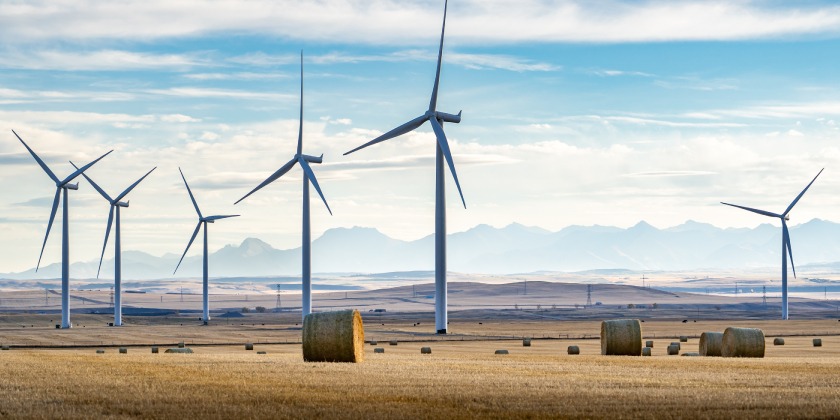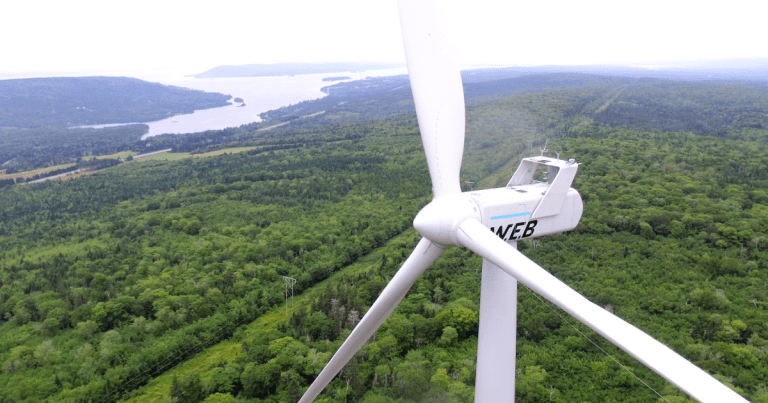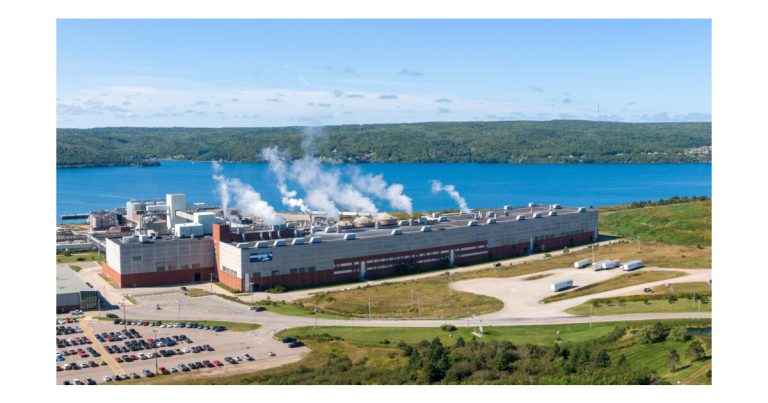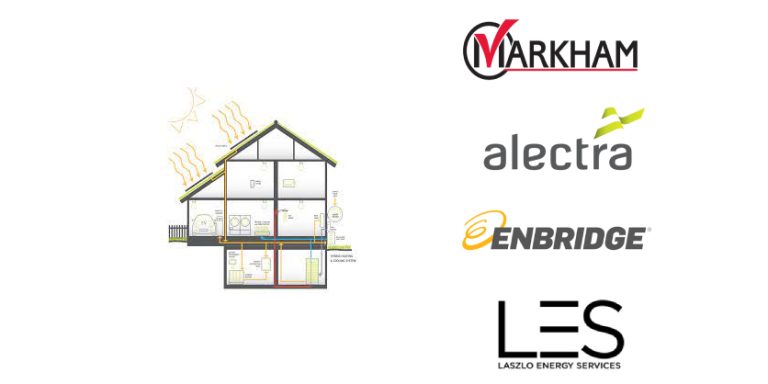Pembina Institute Analysis of Alberta Renewable Moritorium After One Year

August 7, 2024
Fifty-three renewable energy projects have withdrawn applications from Alberta’s electricity grid development process in the last 12 months since the provincial government announced a moratorium on renewables development, new analysis from the Pembina Institute has found.
Creating (Un)certainty for Renewable Projects looks at the trends of renewable energy project applications in the Alberta Electric System Operator’s (AESO) queue to better understand the potential impacts of last year’s moratorium. Pembina’s research finds 33 projects that were in the queue prior to the announced moratorium have since cancelled. These projects would have generated approximately the same amount of power as is used by 98% of Alberta homes annually.
“We are still in the early stages of understanding the full impact of the moratorium. Considering project development and construction timelines, most of the moratorium’s impacts on the sector’s growth won’t be seen until 2025 when fewer renewable energy projects are built. Our analysis shows that real dollars in investment into Alberta have already been lost in the last year. The number of projects cancelled in Alberta, contrasted with the renewable energy capacity being added elsewhere, suggest renewable developers will look for other jurisdictions where there appears to be less political risk associated with these investments, such as some U.S. states. This is a reminder that more clarity on the regulatory outlook for renewables in Alberta is what is needed to bring these investments back.”
Will Noel, Analyst, Pembina Institute
In addition, although there was a sudden flood of applications made in August 2023 – that were seeking to be grandfathered under the pre-moratorium project development rules – 20 of these projects have also since withdrawn. This brings the total cancellations to 53.
“It is critical that announced restrictions are clarified for investors and to support renewing Alberta’s renewable energy advantage. Without further clarity on restrictions for renewable energy development, the trajectory for the sector in Alberta remains concerning and is putting an affordable, reliable and clean grid in jeopardy.”
Scott MacDougall, Director of Electricity, Pembina Institute
As well as cancellations, the ongoing lack of clarity around renewable energy development rules appears to be deterring new investment in Alberta. Although the moratorium formally ended in February 2024, as of the end of July, only three solar projects totaling 13 MW and zero wind projects have applied to the AESO since August 2023 (Figure 1). Meanwhile, the volume of wind and solar projects in the United States’ development queue has increased by 23% from January 2023 to 2024 compared to 6% in Alberta. Even after taking into account that the U.S. is roughly 69 times larger than the population of Alberta, the province’s 2024 queue would still need to see 897 MW of new applications to keep pace on a per capita basis.
Visit the Pembina Institute’s website to download a copy of Creating (Un)certainty for Renewable Projects: Review of the impact of Alberta’s renewable energy moratorium one year later







